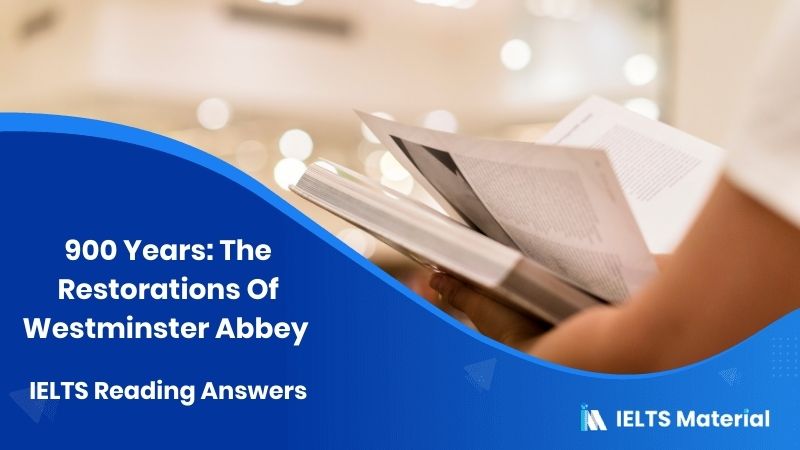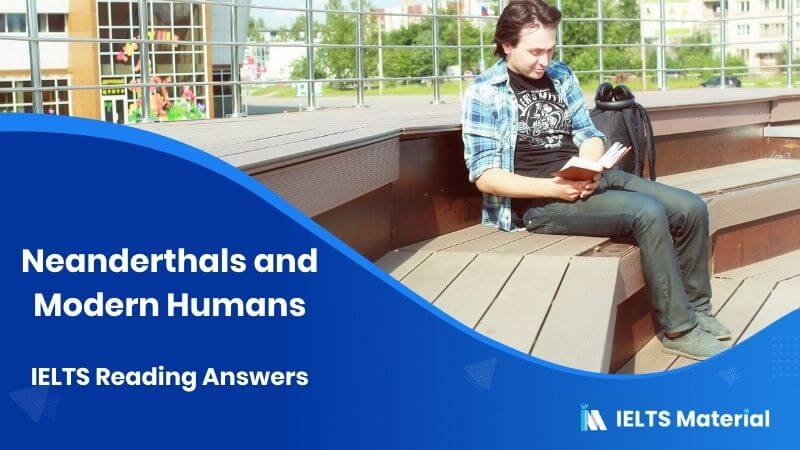Moles Happy as Homes go Underground Reading Answers
Table of Contents

Limited-Time Offer : Access a FREE 10-Day IELTS Study Plan!
This article contains the Moles Happy as Homes go Underground reading answers.
Moles Happy as Homes go Underground is a real Reading test passage that appeared in the IELTS.
With diligent practice, the Reading Module can be the top-scoring category for IELTS Aspirants. To score well, you must understand how to approach and answer the different question types in the Reading Module.
By solving and reviewing Sample Reading Questions from past IELTS papers, you can ensure that your Reading skills are up to the mark.
Take the practice test Moles Happy as Homes go Underground below and try more IELTS reading practice tests from IELTSMaterial.com.
Not sure how to answer IELTS Reading Matching Headings questions? Check out the video below for the latest tips and strategies!
For more Matching Headings Questions practice, take a look at IELTS Reading Tips & Practice Test: Matching Headings to Paragraphs exercises!
Moles Happy as Homes go Underground
You should spend about 20 minutes on Questions 1-14, which are based on the Reading Passage below. Find the practice test with the Moles Happy as Homes go Underground PDF here.
Answers
| Question Number | Answers | Explanation | |
|---|---|---|---|
| 1. | xi | Paragraph B informs that seven luxury homes cosseted away inside a high earth-covered noise embankment next to the main Tilburg city road recently went on the market for $296,500 each. The foundations had yet to be dug (the construction had not even begun), but customers queued up to buy the unusual part (people were buying it before the construction had started) -submerged houses. Hence, the answer is xi (Homes sold before completion). | |
| 2. | ix | Paragraph C brings out the fact that growing numbers of Europeans are burrowing below ground to create houses, offices, discos and shopping malls. In Tokyo, builders are planning a massive underground city to be begun in the next decade, and underground shopping malls are already common in Japan, where 90 percent of the population is squeezed into 20 percent of the land space. Japan, Europe and Tokyo are developing or have already developed underground services. Hence, the answer is ix (Developing underground services around the world). | |
| 3. | viii | Paragraph D declares that many of the buildings which consume most land –such as cinemas, supermarkets, theatres, warehouses or libraries -have no need to be on the surface since they do not need windows, or natural light and air that comes through the window. Hence, the answer is viii (Some buildings do not require natural light). |
| 4. | v | Paragraph E points out that a development of 194 houses which would take up 14 hectares of land above ground would occupy 2.7 hectares below it, while the number of roads would be halved. An underground dweller himself, Carpenter has never paid a heating bill, thanks to solar panels and natural insulation. These statements prove that the usage of space will be reduced into less than half and the demand of energy will also be less. Hence, the answer is v (Demands on space and energy are reduced). |
| 5. | i | Paragraph F states that it was the Tilburg architect Jo Hurkmans who hit on the idea of making use of noise embankments on main roads. His two- floored, four-bedroomed, two- bathroomed detached homes are now taking shape. He describes his planning of the houses – “They are not so much below the earth as in it. All the light will come through the glass front, which runs from the second floor ceiling to the ground. Areas which do not need much natural lighting are at the back. The living accommodation is to the front so nobody notices that the back is dark.” Hence, the answer is i (A designer describes his houses). |
| 6. | vii | Paragraph G communicates that in the US, where energy-efficient homes became popular after the oil crisis of 1973, 10,000 underground houses have been built. A terrace of five homes, Britain’s first subterranean development, is under way in Nottinghamshire. Italy’s outstanding example of subterranean architecture is the Olivetti residential centre in Ivrea. These are some of the examples of underground living accommodation that the author has written in the beginning of the paragraph. Hence, the answer is vii (Worldwide examples of underground living accommodation). |
| 7. | iii | Paragraph H indicates that in Japan scientists at the Shimizu Corporation have developed “space creation” systems which mix light, sounds, breezes and scents to stimulate people who spend long periods below ground. Underground offices in Japan are being equipped with “virtual” windows and mirrors, while underground departments in the University of Minnesota have periscopes to reflect views and light. So, the architects are trying to imitate the natural environment in the underground accommodations. Hence, the answer is iii (Simulating a natural environment). |
| 8. | iv | Paragraph I refers to the fact that Frank Siegmund and his family love their hobbit lifestyle. Their home evolved (home developed) when he dug a cool room for his bakery business in a hill he had created. During a heatwave they took to sleeping there. “We felt at peace and so close to nature,” he says. “Gradually I began adding to the rooms. It sounds strange but we are so close to the earth we draw strength from its vibrations. Our children love it; not every child can boast of being watched through their playroom windows by rabbits. In this way a family home developed around what was meant to be a bakery. Hence, the answer is iv (How an underground family home developed). |
| 9. | Sell more quickly | Paragraph F explains that in Europe, developers prefer to ensure quick sales (sell quickly) with conventional mass produced housing. Hence, the answer is ‘sell more quickly’. |
| 10. | (South Limberg) planners | Paragraph F lets out the fact that the Dutch development was greeted with (welcomed by) undisguised relief by South Limburg planners because of Holland’s chronic shortage of land.
Hence, the answer is ‘(South Limberg) planners’. |
| 11. | (road/ noise) embankments | Paragraph F relates that it was the Tilburg architect Jo Hurkmans who hit on the idea of making use of noise embankments on main roads. So, the noise/ road embankments were the speciality of Hurkmans’s work. Hence, the answer is ‘(road/ noise) embankments’. |
| 12. | Olivetti employees | Paragraph G intimates that Italy’s outstanding example of subterranean architecture is the Olivetti residential centre in Ivrea which was commissioned by Roberto Olivetti in 1969. It comprises 82 one-bedroomed apartments and 12 maisonettes and forms a house/ hotel for Olivetti employees. So, the Ivrea centre was developed for the Olivetti employees. Hence, the answer is ‘Olivetti employees’. |
| 13. | Adapt to | Paragraph H suggests that as everyone does not adapt so well, Japan scientists at the Shimizu Corporation have developed “space creation” systems which mix light, sounds, breezes and scents to stimulate people who spend long periods below ground. This means that Japanese scientists have created a simulated natural environment so that people can adapt to their underground life. Hence, the answer is ‘adapt to’. |
| 14. | his bakery business//a cool room | Paragraph I specifies that Frank Siegmund and his family love their hobbit lifestyle. Their home evolved (first underground room) when he dug a cool room for his bakery business in a hill he had created. Hence, the answer is ‘his bakery business//a cool room’. |
Check More IELTS Reading Answers
Also check :
Practice IELTS Reading based on question types

Start Preparing for IELTS: Get Your 10-Day Study Plan Today!
Explore other Reading Topics

Janice Thompson
Recent Articles

Kasturika Samanta

Kasturika Samanta

Janice Thompson








Post your Comments